We don’t give much thought to batteries when we travel. But all that is about to change as airlines worldwide become increasingly concerned about on-board fires. For many years, it has been forbidden to put any batteries in checked luggage; now, however, the increasing incidence of fires in aircraft cabins is leading to further restrictions for travellers. Photographers, especially, will be inconvenienced.
The power bank problem
Setting off from London for a Beijing flight a few weeks ago, I was surprised to hear an onboard announcement to the effect that battery power banks must not be charged or used during the flight. Furthermore, they should not be stored in baggage which is difficult to access in case of smoke or fire (the word “explosion” wasn’t used).
Later, while negotiating security for an internal flight from Beijing Daxing International to Chongqing, I discovered even more new restrictions.
Concerned about fires on board, the Chinese authorities have imposed new inspection rules for internal flights. We had to remove all batteries and power banks from cabin baggage, along with cameras, and place them separately in the tray.
Mercifully, it now seems that laptops and tablets can be left in the bags, so that’s one less hassle for frequent travellers. This is something I have also noticed at London Heathrow and in other world airports, and it’s a welcome respite after 25 years of paranoia. However, we now have battery-gate to contend with.
The inspection at Daxing was thorough and pretty intense. My bag was sent back four times to go through the machine. We had two power banks, one purchased only weeks before, and one that was pretty ancient. However, neither bore the now mandatory CCC logo (China Compulsory Certification) approval logo and both were confiscated.
The missing approval
All our batteries were inspected for the also, although they were passed despite even though I could not see the CCC logo. The official was not interested in the august CE rating issued by Europe. That must be considered dodgy in China. All the batteries did including Chinese text, however, and that must be acceptable.
When packing my cabin bag, I had put the batteries in various pockets, thinking that separating them would be safer in case of contact. However, I now realise that when flying internally in China, it is advisable to keep them all together for inspection purposes. They even took the batteries out of the cameras to read the inscriptions.
I fear that this new battery power bank phobia will be extended to other countries, and navigating security will become even more challenging for all photographers. It’s therefore a wise move to check all batteries in advance, especially any power banks you keep for emergency.
A constriction
Having had to ponder on the new battery threat during the ten-hour flight to Beijing and the subsequent two-hour journey to Chongqing, I was pretty certain I had all bases covered. Yet batteries (or, at least, one battery) became a major cause for concern within six hours.
Out and about in the fabulously illuminated city of Chongqing later that evening, I was annoyed to find my Fujifilm X100VI indicated a flat battery after just a few shots. No problem; I had plenty of spares. I delved into the pouch and produced a replacement. Quickly, out with the flat battery and in with the new. It was a little stiffer than usual, but I thought nothing of it after nearly 20 hours on the go. I wasn’t at my best.
But I soon regained full consciousness when the Fuji failed to power up. Must be another flat battery, thought I, and pressed the little clip to allow the battery to pop out. Only it didn’t. It was stuck fast. There was no doing anything in the street, so I extracted the tiny Ricoh GRIII from my bag (I always pack it for emergency) and continued shooting.
How I came to give up
The next day, after various attempts to persuade the battery to eject, I gave up. Fortunately, my travelling companion is Chinese, so we were able to search for phone and computer repairers. We did the rounds of four repairers, all of whom got out the tweezers and the other obvious aids but without success.
One offered to destroy the battery, presumably by drilling into the bottom and extracting it with a hook, but I feared for the camera. Even the Fujifilm official retailer, the final stop, offered no hope, pronouncing that the camera would have to be dismantled.
Eventually, as a last resort, we ascended 10 stories in the lift of a rather seedy skyscraper to find a single hotel-style room stuffed with computer and phone bits, and a willing engineer. It was a proper Aladdin’s cave of a place. His female colleague was sitting in the window, eating noodles and reading on a tablet, not even looking up to inspect this strange western visitor and his constipated Fuji.
We had found our way, by chance, to the establishment of Ditie Mobile Phone and Computer Repairs. If any reader should find themselves in Chongqing and in a similar predicament, see the directions below.
Tweezer routine
Mr Engineer tried the now-familiar tweezer routine unsuccessfully. He employed sticky tape and other methods. Still, the battery remained firmly stuck. As a last resort, he reached up to the shelf behind and produced a roll of 6 cm-wide super-adhesive tape: the nuclear option.
Somehow, he managed to introduce this tape down either side of the battery (it was obviously the width rather than the depth that had caused the problem). Eventually, using a very thin spatula, he ensured even contact with the battery casing.
By this time, I had my eyes closed and my fingers crossed. I had lost all hope of being able to use the X100VI during the next two weeks. And, as you can imagine, this was a major disappointment on the first day of what was to become a memorable trip.
Suddenly, I head a triumphant Chinese expletive. I didn’t understand, but the implication was clear. Opening my eyes, I saw the battery on the table and the X100VI ready and waiting for a replacement that fitted. The nuclear option had worked.
The bill? A reasonable ¥50 (£5.25 | €6.00 | $7.00). I would willingly have paid ten times as much to get the show back on the road.
The offending battery
So how had this happened? I had taken no fewer than four spare batteries for the X100VI (can’t be too careful, can you?). But the one extracted from the camera bore the legend LUMIX.
I realised that this battery, intended for my Leica D-Lux 8, is similar in appearance and (almost) identical in dimensions, to the standard Fuji NP-W126S component. How I managed to get it mixed up with the Fuji batteries is a mystery, but these things happen.
In the dark, after so many hours in the air, I just hadn’t noticed the branding. Of course, I shouldn’t have pushed when I felt resistance, but it’s easy to say with hindsight. And wait until you’ve been awake for nearly 24 hours before coming the wise guy.
I don’t know if there is any lesson to be learned from this tale, except to make sure that the spare batteries you pack are actually for the camera intended.
But providence was kind to me, and my X100VI was released back into the wild to photograph the delights of Sichuan over the next two weeks.
The moral
I’ll be writing more of my experiences of Chongqing and Sichuan in a future article. Meanwhile, I count myself lucky to have sorted the problem so effectively and without damage to the camera. Had I been alone among Chongqing’s 32-million inhabitants in this municipality, which is the size of Austria, I would not have stood a chance.
Almost no one speaks English, as I discovered, and the challenge of finding an obscure repair shop halfway up a skyscraper would have been pure fantasy. I don’t even know how to say, “my battery is stuck in the camera” in Mandarin.
Lesson, whatever it is, learned.
Ditie Phone and Computer Repair, Chongqing:
Room 1005, 10th Floor, Home Inn, Bayi Road, Zuzhong District. They claim to be open 24 hours. It’s near the Jiefangbei Central Business District. Show this to the taxi driver and he’ll take you straight there:
迪铁手机维修回收解放碑店。 重庆市渝中区八一路(如家酒店)10楼1005
| More reading | |
| Fujifilm X100VI review on Macfilos | Beginners’ Mandarin for stuck batteries |
| Top 20 attractions in Sichuan | Top 16 things to do in Chongqing |
Make a donation to help with our running costs
Did you know that Macfilos is run by five photography enthusiasts based in the UK, USA and Europe? We cover all the substantial costs of running the site, and we do not carry advertising because it spoils readers’ enjoyment. Every amount, however small, will be appreciated, and we will write to acknowledge your generosity.

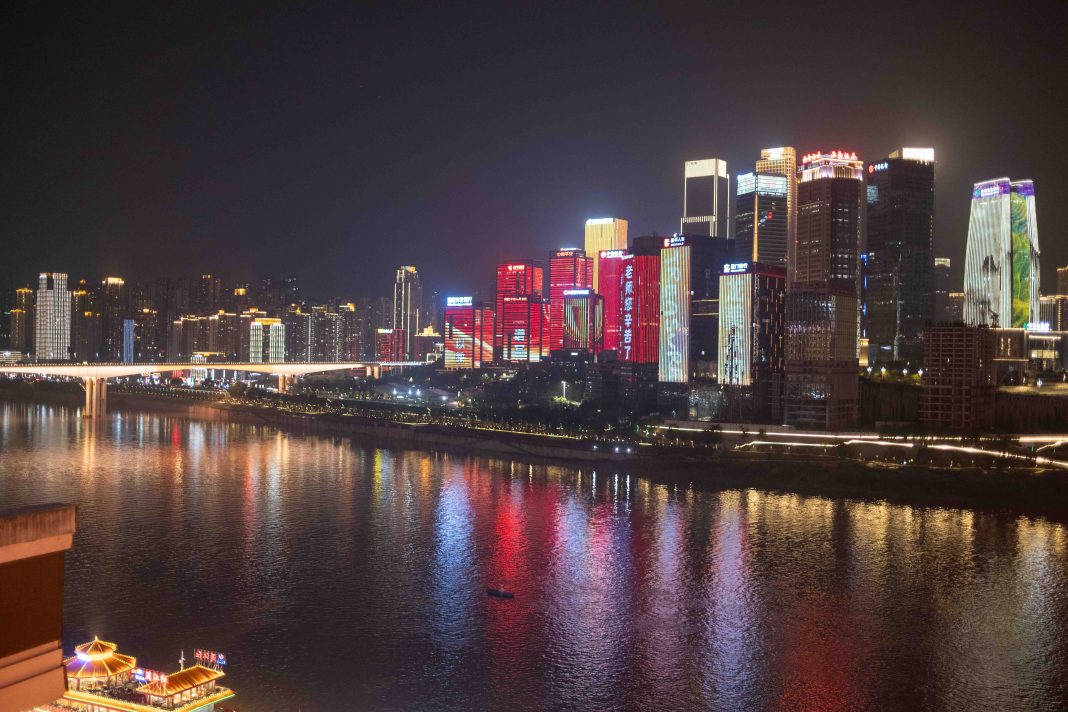
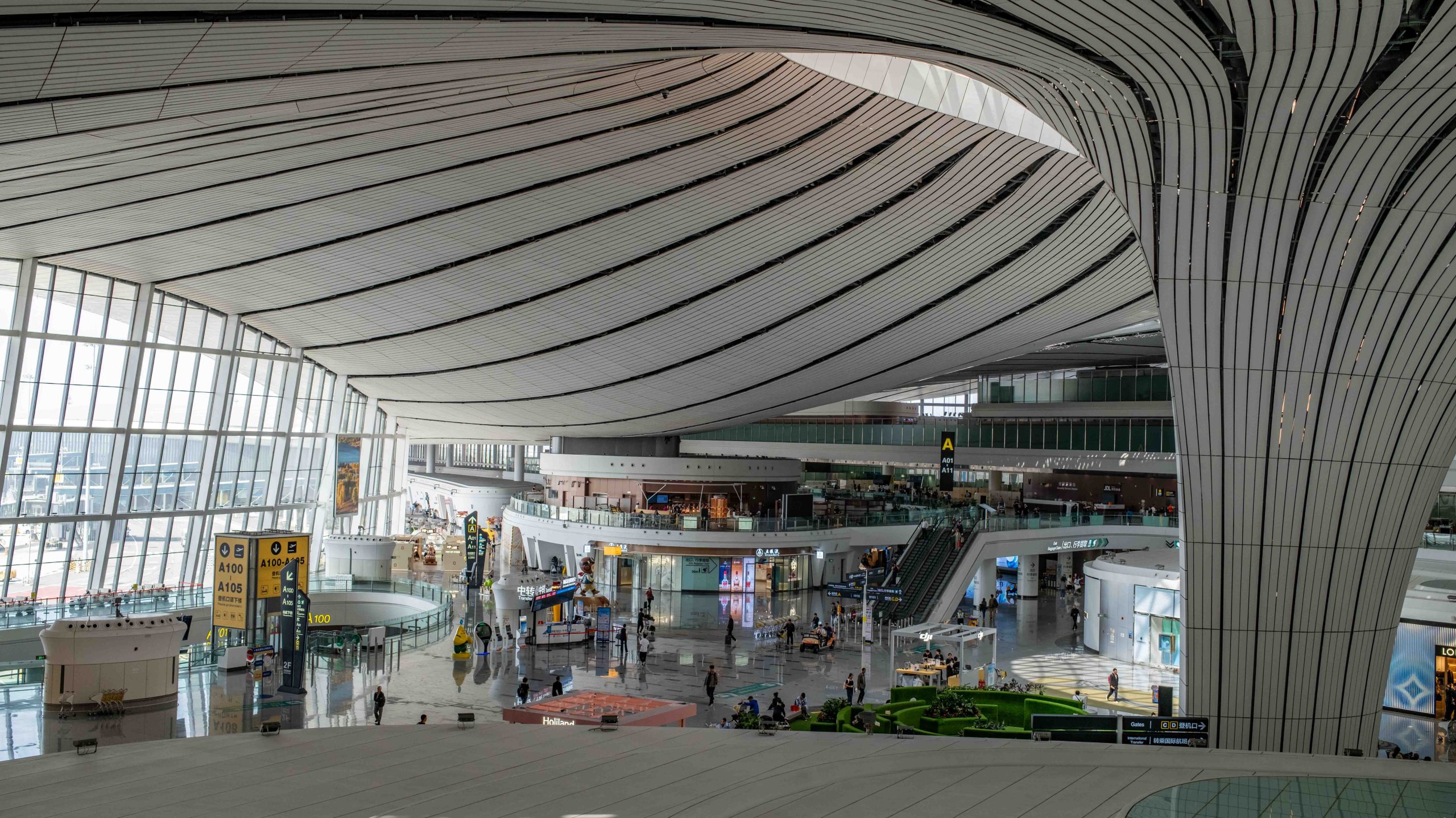
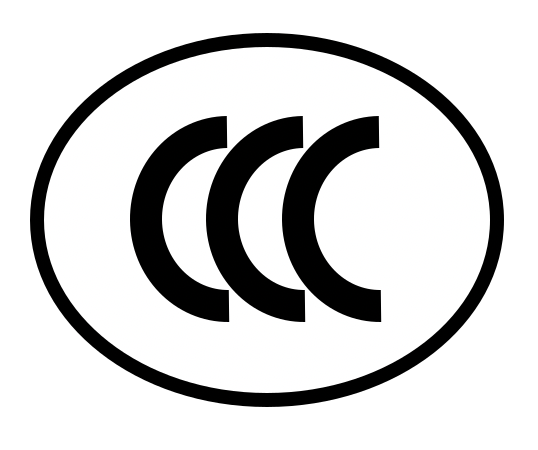
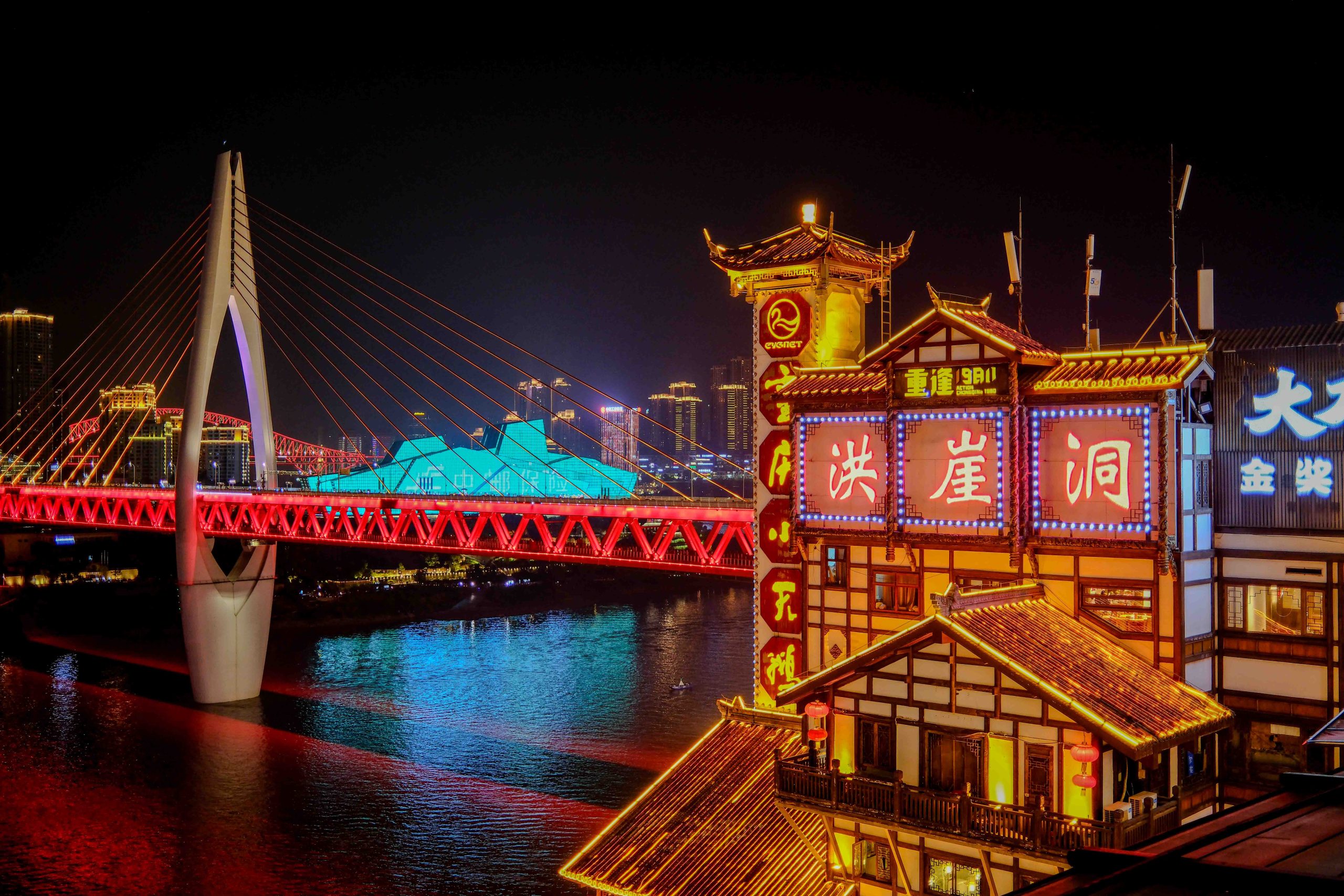
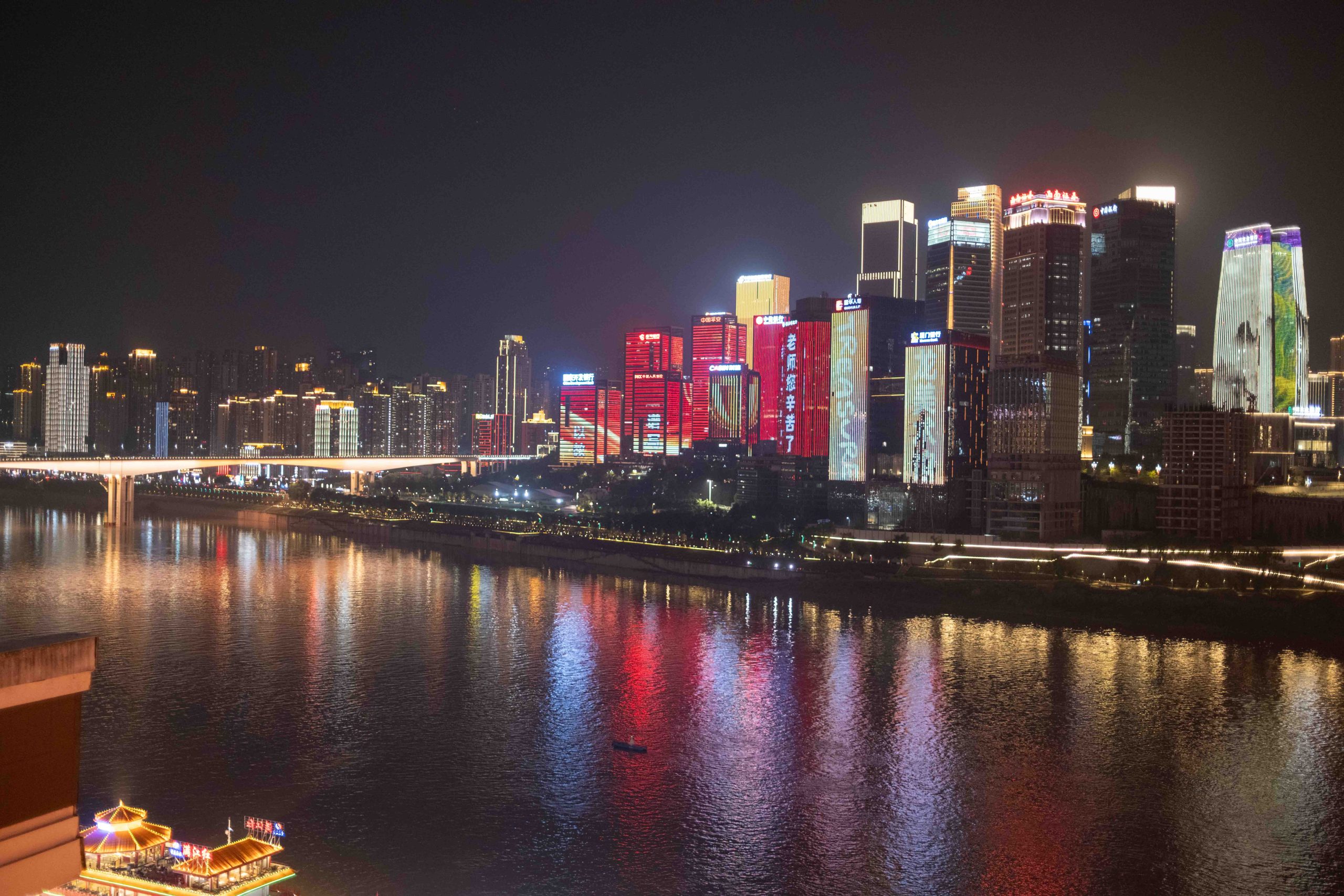
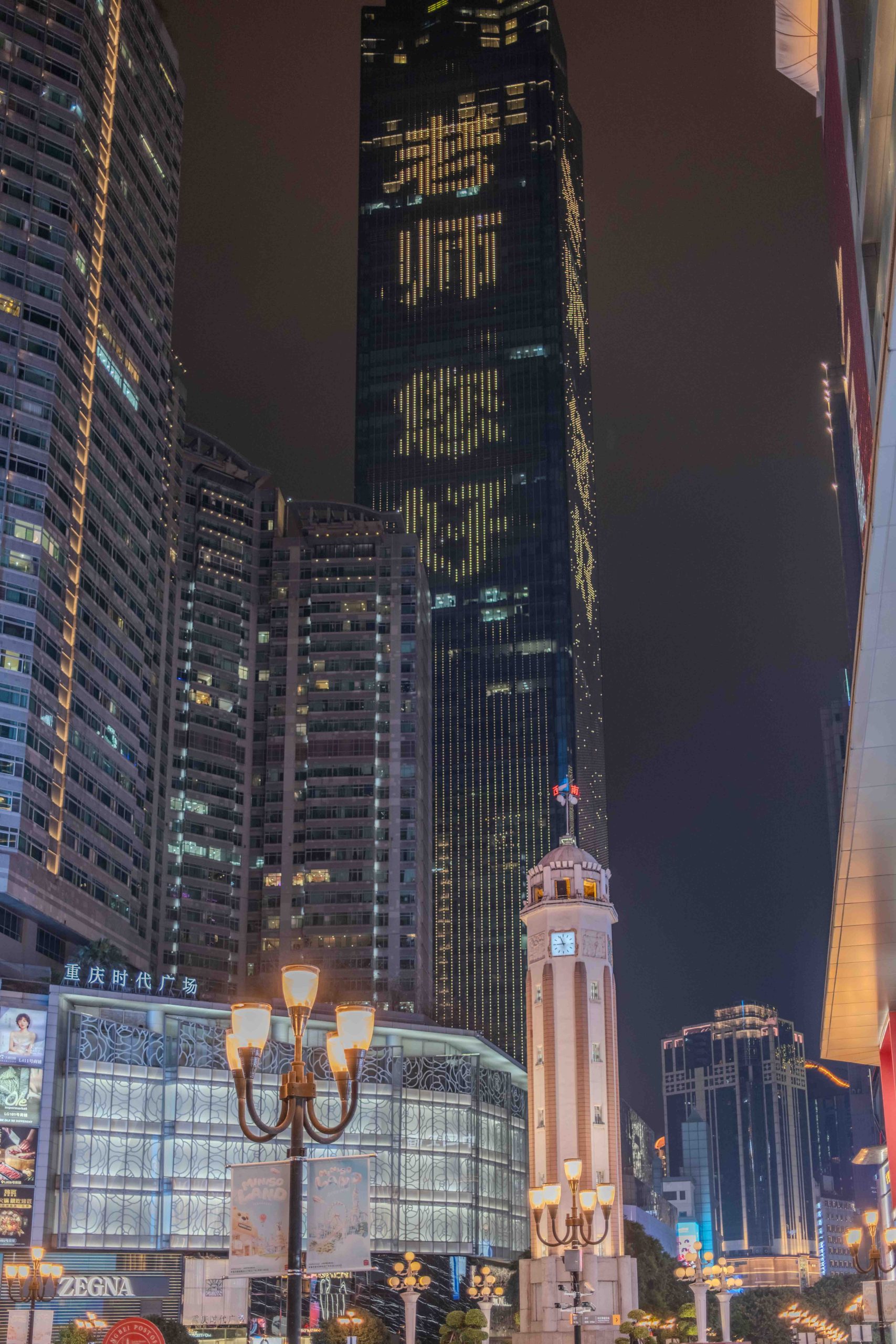
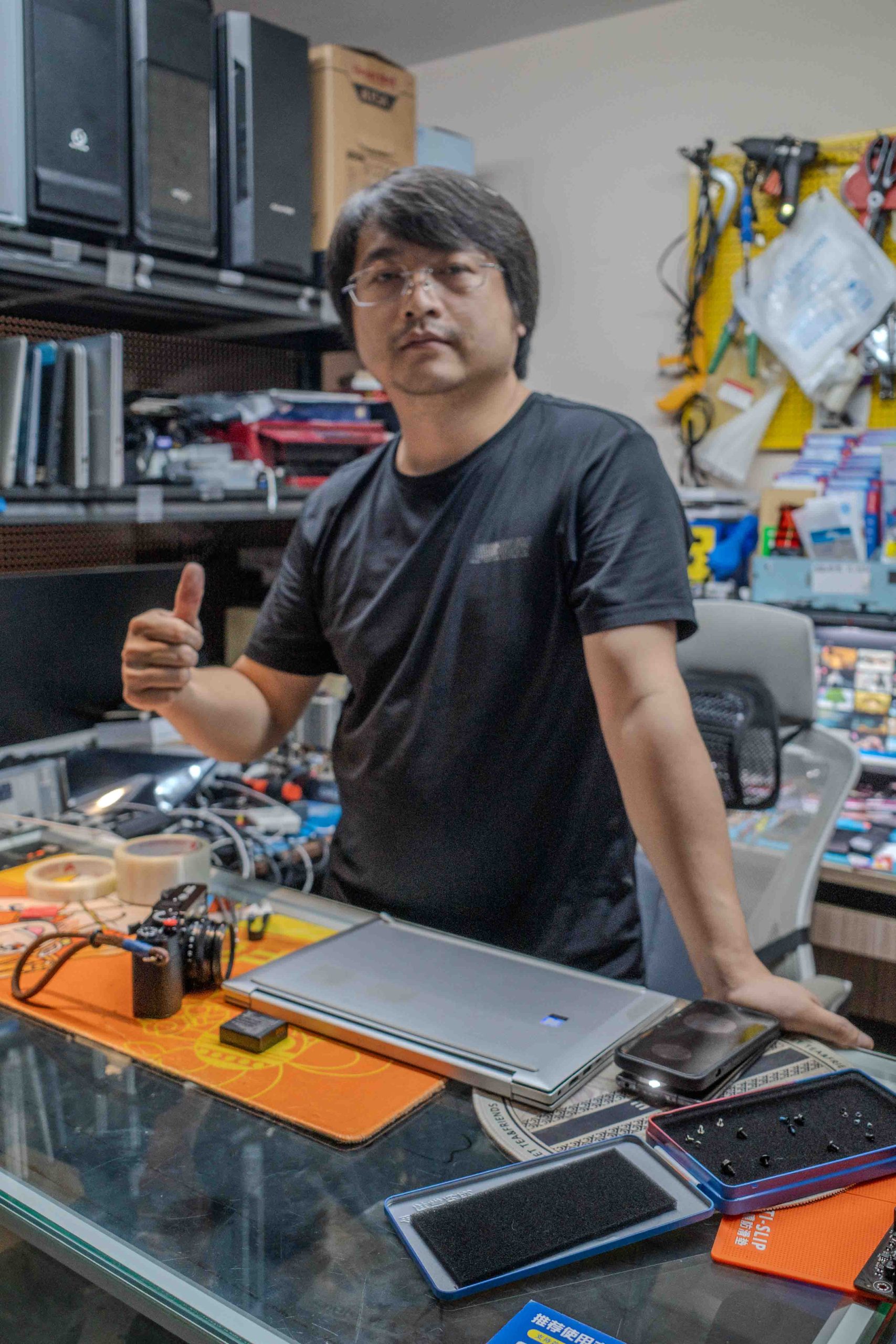
Wow! What an ordeal. Maybe this is why film cameras are so popular in Asia. If I was travelling, I would purchase Nikon FM2 or Leica M4P.
I hope you hugged the guy that removed the battery.
Well, I felt like it. He definitely saved the fortnight and the story (which I haven’t yet written).
Hi Mike,
I’m sorry about your ordeal with the power banks; hopefully your story will inform others about the changes. Yes, the new regs came recently and made some noise on the travel-focused subreddits.
The batteries we use for our cameras should be fine. We’re permitted to carry up to 20 spare batteries on China Eastern for example. They are significantly under the 100Wh limit. The M10 battery is less than 9Wh and the M11 battery is just over 13Wh. I got trolled off of one forum for suggesting that I wouldn’t ever put a third-party battery in my M11, but batteries are one thing I don’t mess around with. USB-C cables are another.
Am I doing something wrong? I haven’t ever needed a spare battery for my M11. At most it drops to about 40-50% after 300 shots or so.
Separately, taking the train instead of the plane is also an option, especially in the more picturesque parts of the country. If you set your shutter fast enough (i.e. probably around 1/2000s), it’s possible to catch some nice photos if you booked a window seat.
Thanks to all! Good information, helpful for my next Japan trip.
About train photography: taking the Shinkansen from Tokyo to Nagoya — Osaka — Kyoto, you’ll be passing Fuji-san. I managed to get a reasonably decent photo at 1/4000.
The only problem with those train photos — I never seem to have time to try many different settings!
Good to know! I bet Fuji-san would look amazing with a short telephoto. And it’d certainly require quickening the shutter to 1/4000.
And they do depend on clean windows.
Thanks. Arthur. I have the M11-D which has an even longer battery life, as you can imagine. But the FujiFilm X100VI is less frugal unless you rely on the optical viewfinder.
We did travel to and from Chongqing to Chengdu by train and it was a good experience, apart from the airport-style security.
Hi Mike,
I had the same battery check when I visited China in 2018. I did lose a power bank battery due to the same check. In Shanghai they were either looking for overall power limits or lack of markings. Fortunately the beloved power bank was only small, but was not able to buy it again. Thanks for your story, it is very useful.
Thanks, Kris. They have always been pretty keen on this, but the security guy who examined the batteries said that the new regs governing power banks had come in a couple of months ago.
On my return trip, via Amsterdam, the KLM representative confirmed that power banks are the main culprits and he indicated that new international regulations are under consideration.